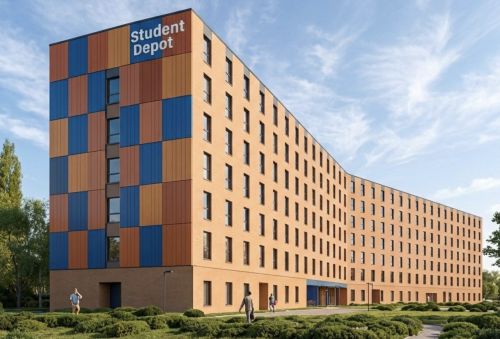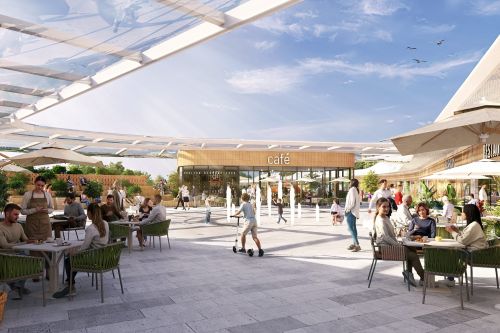According to investment research company Preqin, last year was the first when closed real estate funds across the world raised USD 151 bln for investment – the largest figure ever and the first time it has surpassed that of 2008. Perhaps as intriguing is the fact that, as Preqin also points out, only 295 funds closed their capital-raising last year, the lowest number since 2010. This means that they are getting bigger – the average size of a fund was USD 625 mln. 2020 promises to be no less fascinating. Fund managers are benefitting from the investment boom and are to introduce a record number of funds to the market. According to Preqin, at the beginning of 2020, as many as 918 real estate funds (240 more than a year ago) were aiming to raise a total of USD 281 bln from investors. In order to appreciate the scale of this investment fever, a few more numbers will be needed. In 2007, Preqin recorded more than 2,300 investments in real estate (private equity) with a total valu
























































